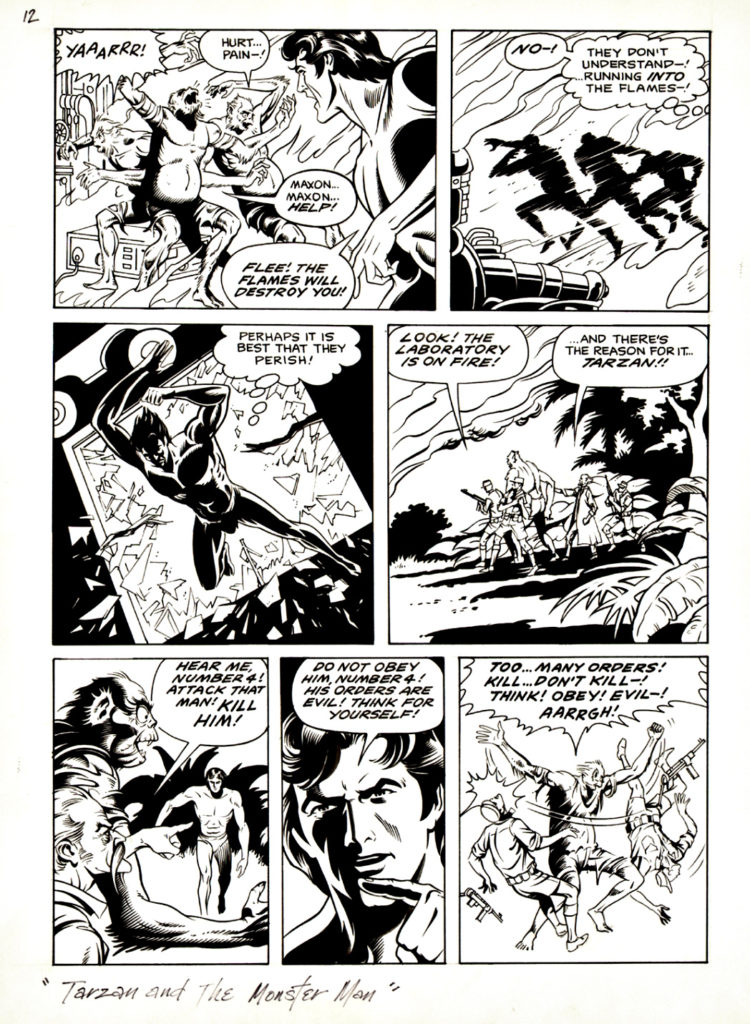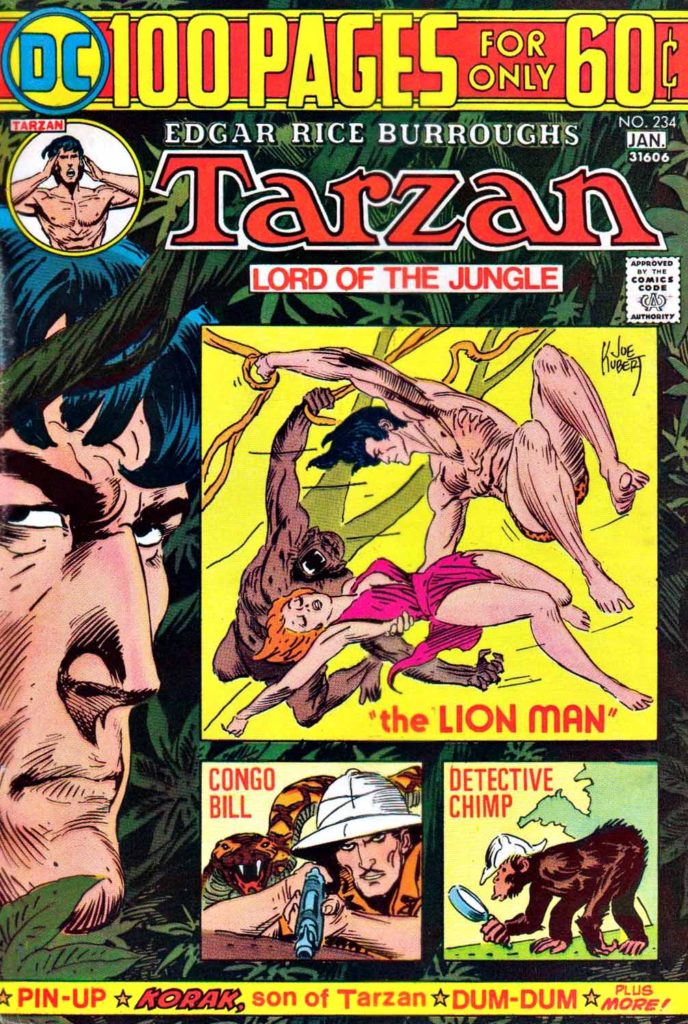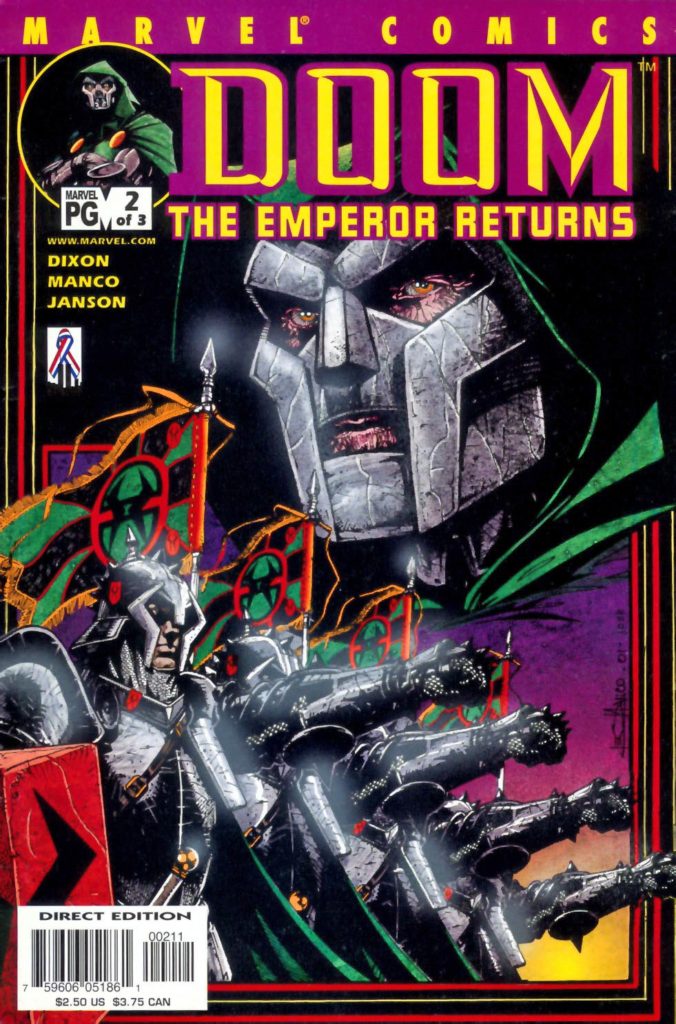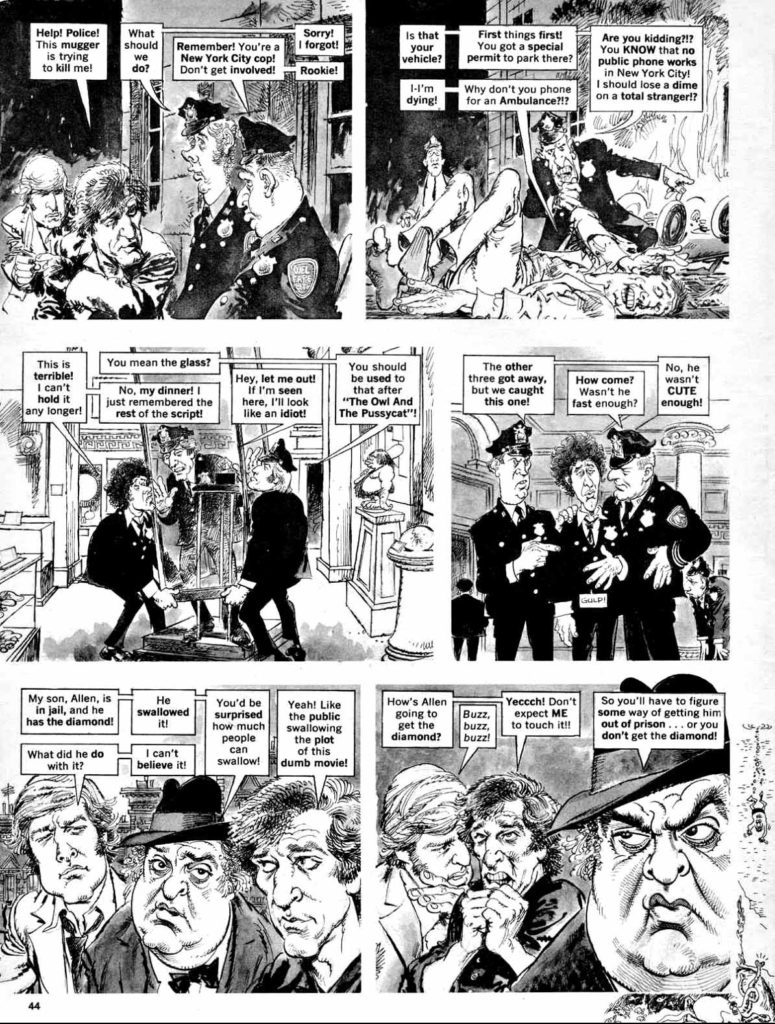Planet Money — The Spider-Man Problem

Kismet.
I’m prepping a series of posts to celebrate the Spider-Man’s upcoming 60th anniversary, and my favorite podcast series, Planet Money, airs an episode on the complex Spidey film partnership between Sony and Marvel.
It’s a great episode, and covers a ton of round in under a half an hour. If I noticed anything “missing,” it’s the drama that happened a few years ago when we heard posturing (bloviating, actually) about Sony and Disney not reaching a new agreement to keep Spidey in the MCU.
Really?
The last Sony Spider-Man film not in the MCU, Amazing Spider-Man 2, grossed about $700 million worldwide. Not shabby, but no where near expectations.
The current Spidey film, No Way Home, has grossed about $1.7 billion globally, and counting. That’s an extra BILLION dollars.
Think about that. It doesn’t matter how that negotiation ultimately played out, everyone made a TON of money. At least on the film side.
On the comic book side? That’s a tale for another day.
































































